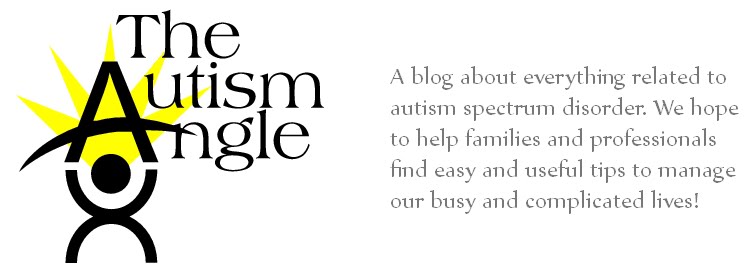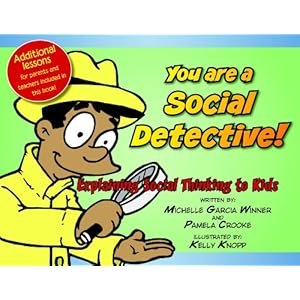Happy first official full day of summer! Although I'm sure that many of you reading have been excited about the summer months ahead, it can also be a daunting task to come up with enough activities and things to do to entertain the kids when school is out. I've recently come across a few websites that give some helpful hints of things to do to keep kids from bouncing off the walls!
Museums: Children's museums and science centers are always fun and entertaining places to take kids year round. Think about making a schedule ahead of time so the person with autism can see which parts of the museum you'll visit that particular day-- at the science center you may only have time to see the fish, the dinosaur exhibit, and the reptiles, for example so show him/her in an understandable way what to expect. For readers, simply make a checklist that the person crosses out as you move through the exhibits-- for individuals who understand digital photographs, try going to the museum's website ahead of time and print out pictures of things you're going to see so there is no confusion and inevitable tantrum when it's time to leave such a fun place!
Try a New Activity: Think about the person's interest and see if there are any organized groups in your area to make this interest more social and more of an activity or outing. Autism Speaks has a great resource guide for families (based on location) to find out about what is offered in your area. Go here for more info. A couple of things that caught my eye on this website were the American Special Hockey Association and Equine or Horse Therapy opportunities. On the Hockey Association webpage go to Member Programs at the top, scroll down to your area, and click on the team closest to you for more info. I recently worked with a elementary age kid whose parents recently put him in one of these leagues and they and the child absolutely love it! This particular child was originally in a very competitive league, which made the experience too stressful for him, but he now thrives and has a real passion for playing the sport with a little additional support. There are also numerous horse therapy groups that can be very calming for individuals with ASD. Many of these groups also participate in the Special Olympics, which is another great recreational and social outlet.
Go to a Sensory-friendly Movie: Getting the family together to go to a movie is always a great way to spend a summer afternoon or evening, but for children with ASD, it can be a really overwhelming experience. Now there are certain theaters that will play "Sensory Friendly Films" where the lights remain on, the sound is lowered, and it fosters an environment where it's not a problem if you need to get up and walk around etc. Although I have not been to one myself, I've heard wonderful things about them. For more information on AMC Movies Sensory Friendly Films go HERE to get a listing of theaters near you.
Try Some Activities At Home: Of course there is also a lot of down time at home on the weekends and during the summer and it's not always an option to go out. We hope that you've gotten some ideas of activities to structure from previous posts and also from other website links we've mentioned. On education.com I came across a list of 10 fun activities for children with autism. Check it out. There are lots of fun arts and crafts projects and sensory activities.
Stay tuned and we'll post more fun activities to make your
summer fun and entertaining for all!
- Molly















